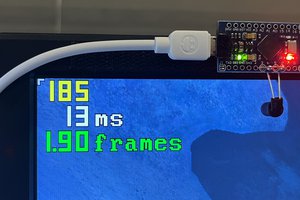For human , flying is not natural and we don’t have a dedicated sense to 3D motion. Once the visual landmark to the ground is lost, it’s very difficult to figure out if we climb or sink.
Within the scope of a variometer for paragliding, the absolute altitude is not that interesting, this is the altitude variation that matters. This particular example is a variometer that indicates these changes through an audible signal, which in this case is an advantage, because all the senses are free to perform safe flight.
The device is extremely simple to make and contains only a few components:
- Arduino Nano microcontroller
- BMP180 pressure sensor board
- Led diode
- and Buzzer
- Of course, there is also a Battery and a small switch.
It is very important that the device is mounted in a small compact box and is mechanically resistant. I use a metal box from Barkley's mints which is ideal for this particular device in terms of mechanical resistance and space for the battery and other components. To avoid sudden local pressure changes during wind gusts, the flow equalization is done through small holes in the box.

When you turn on the device, it plays the initial sound. Then, according to the relative change in pitch, the sound changes from deep to high-pitched sound and vice versa. The code uses the ToneAC library, which provides twice the buzzer sound.

 mircemk
mircemk

 Eugene Fainstain
Eugene Fainstain


I am interested in everything that produce sounds. It would be fun to ride an elevator with this thing in hand. Does it support altimeter mode?